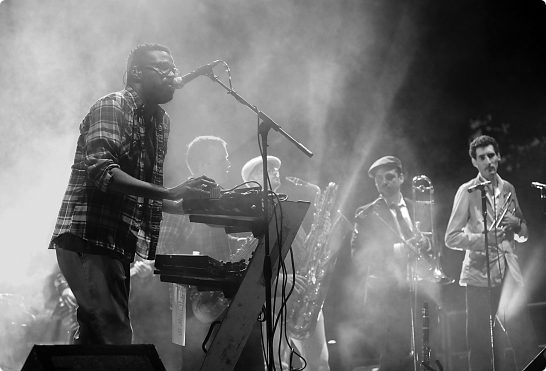Characteristics of Groups
Characteristics of Groups
Page 190
Thus, a variety of people who identify themselves as part of a group (political parties, for example, or fan organizations) are as much a group as a baseball team or a string quartet.
For our purposes, a group is a collection of more than two people who share some kind of relationship, communicate in an interdependent fashion, and collaborate toward some shared purpose. When we break that definition down, we can identify three key characteristics that make a group something other than just a collection of individuals:
- A shared identity. Members of a group perceive themselves as a group. That is, they share a sense of identity: they recognize other members of the group, have specific feelings toward those individuals, and experience a sense of belonging. Thus, a variety of people who identify themselves as part of a group (political parties, for example, or fan organizations) are as much a group as a baseball team or a string quartet.
- Common goals. Members of a group usually identify with one another because they have one or more goals in common. Goals may be very specific—coming up with an ad campaign for a new project or organizing a mission trip for a congregation—or they might be quite general, such as socializing. In either case, a shared sense of purpose helps define a group, even when there is some disagreement about specific goals or ways of achieving them.
- Interdependent relationships. Members of a group are connected to one another and communicate in an interdependent way. Simply put, the behavior of each member affects the behavior of every other member. This interdependence is fostered by the way that group members adopt specific roles and collaborate to accomplish goals. These goals might be very specific (completing a specific task) or very general (socializing).

Looking back at the examples that we opened this section with, you can probably guess that your family or a group of coworkers constitutes a group. You share an identity with the other members and have feelings about them (for better or worse); you likely have common goals, and you are interdependent—that is, you rely on them, and they on you, for love, friendship, or professional growth. This is not the case with the strangers in a pediatrician’s office. They might share a goal (seeing the doctor), but they are not interdependent, and they do not share an identity.
Size and proximity were once major factors in group creation, but the ease with which modern technology allows individuals to communicate has diminished the relevance of those factors. Four friends chatting over coffee at your local Starbucks constitute a group; so do twenty individual photographers who’ve never met but who contribute to a group photo pool on Flickr. In both cases, the individuals are joined by shared goals, shared identity, and interdependence; these three key factors—not size or proximity—determine group status. Of course, not all groups are alike. Let’s take a look at different types of groups.